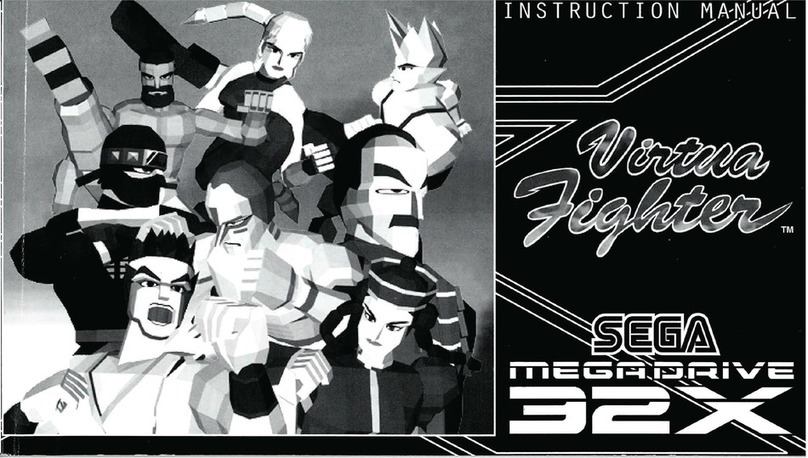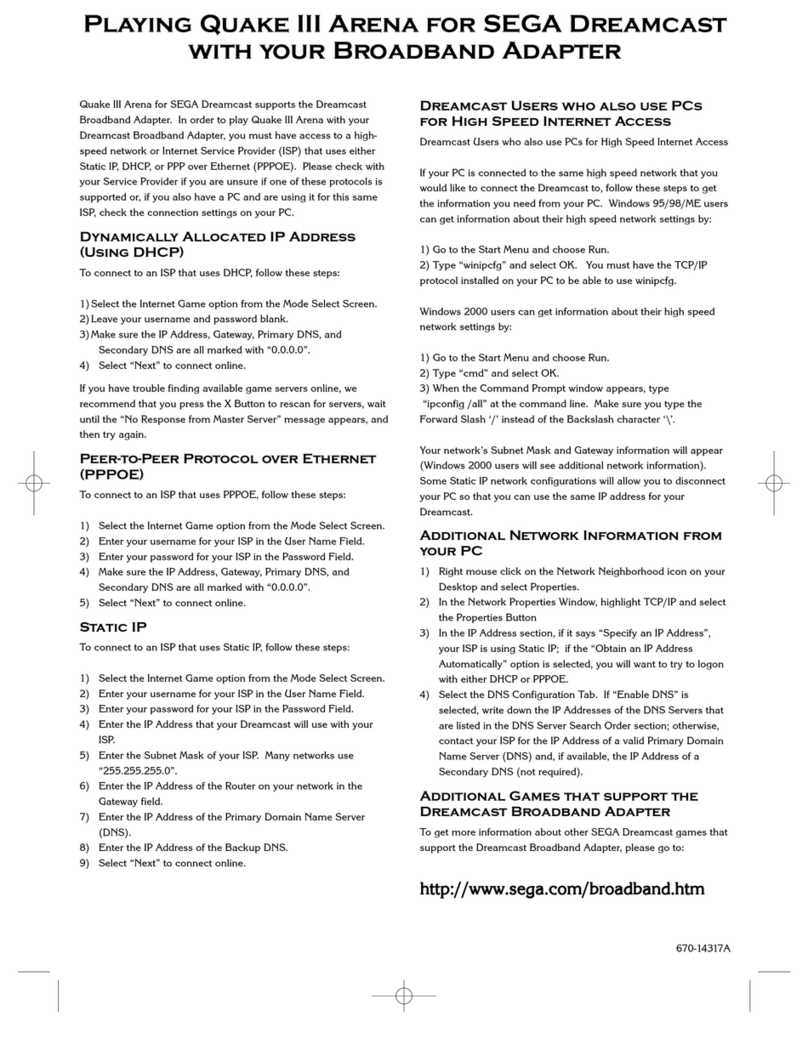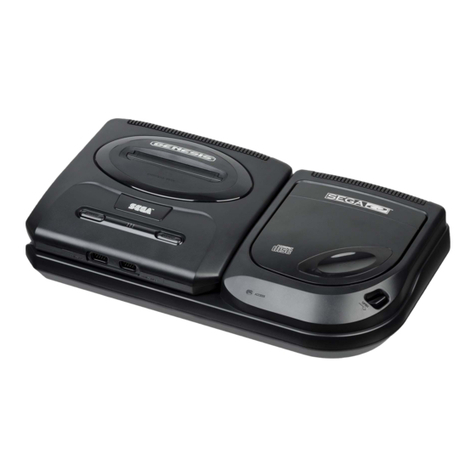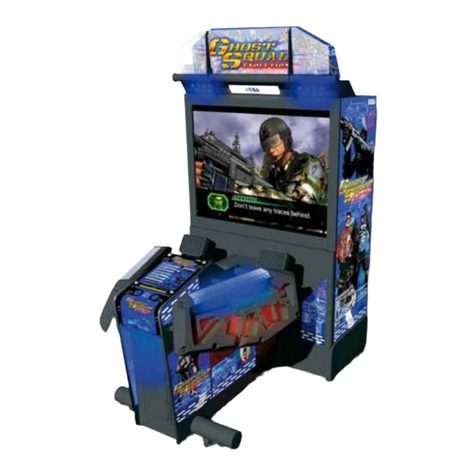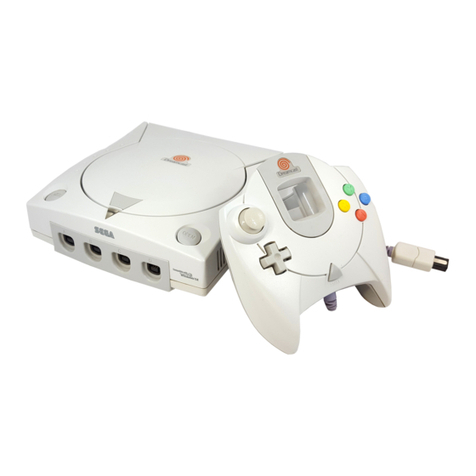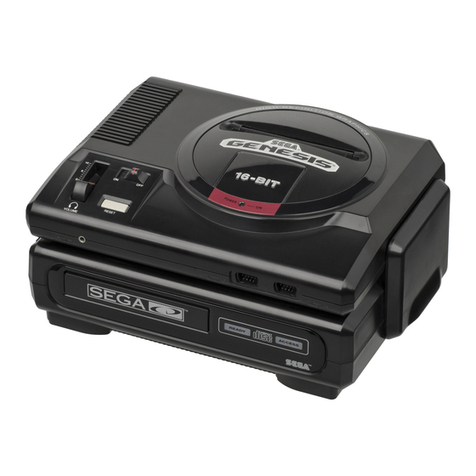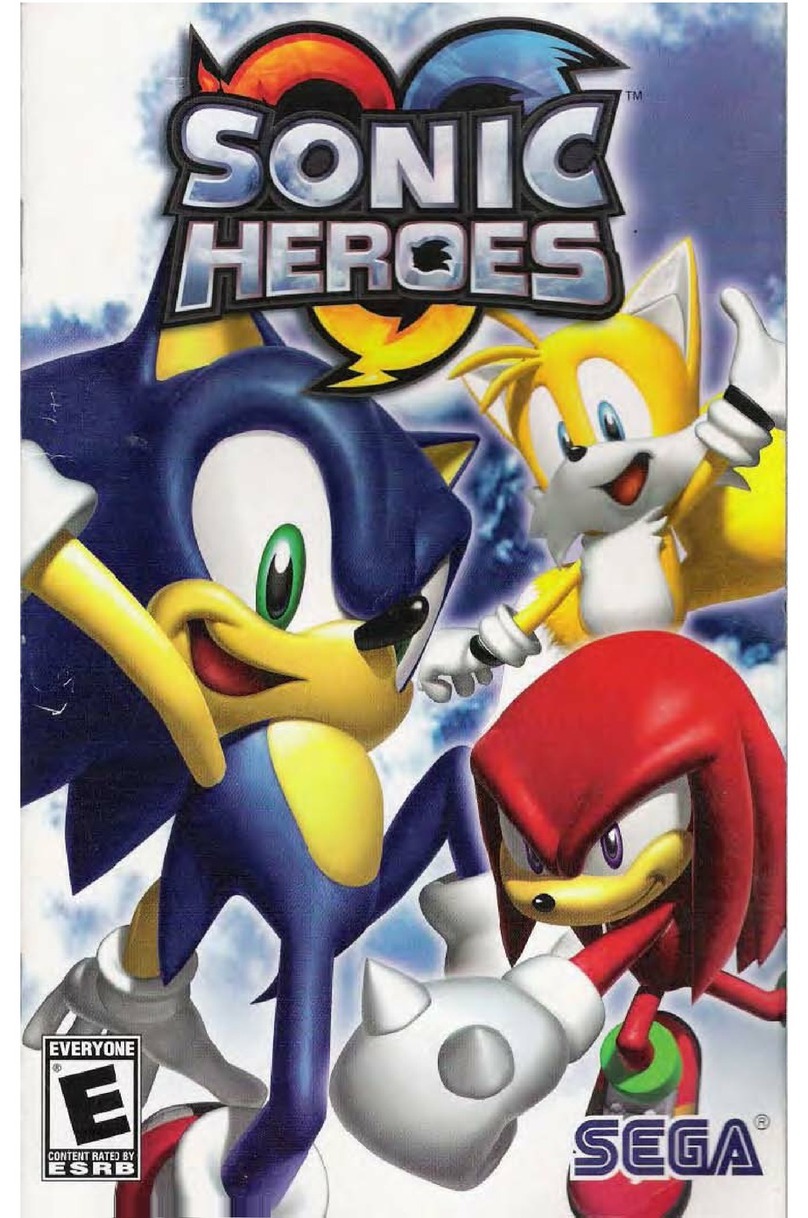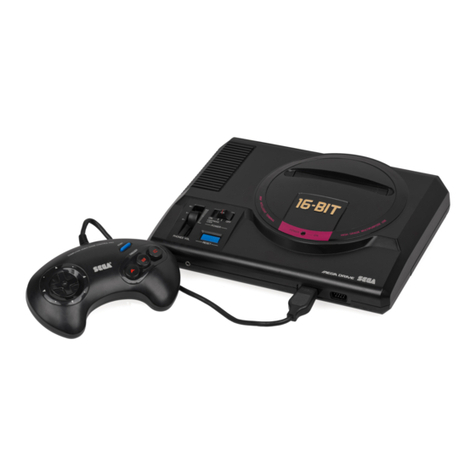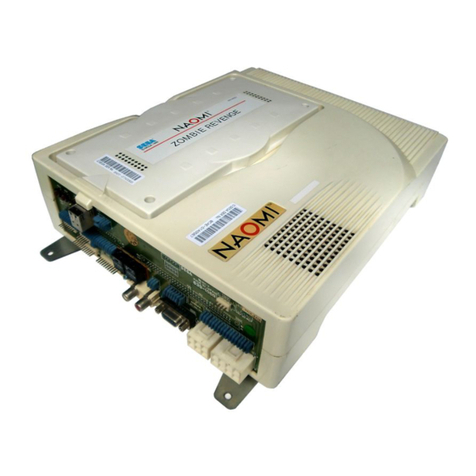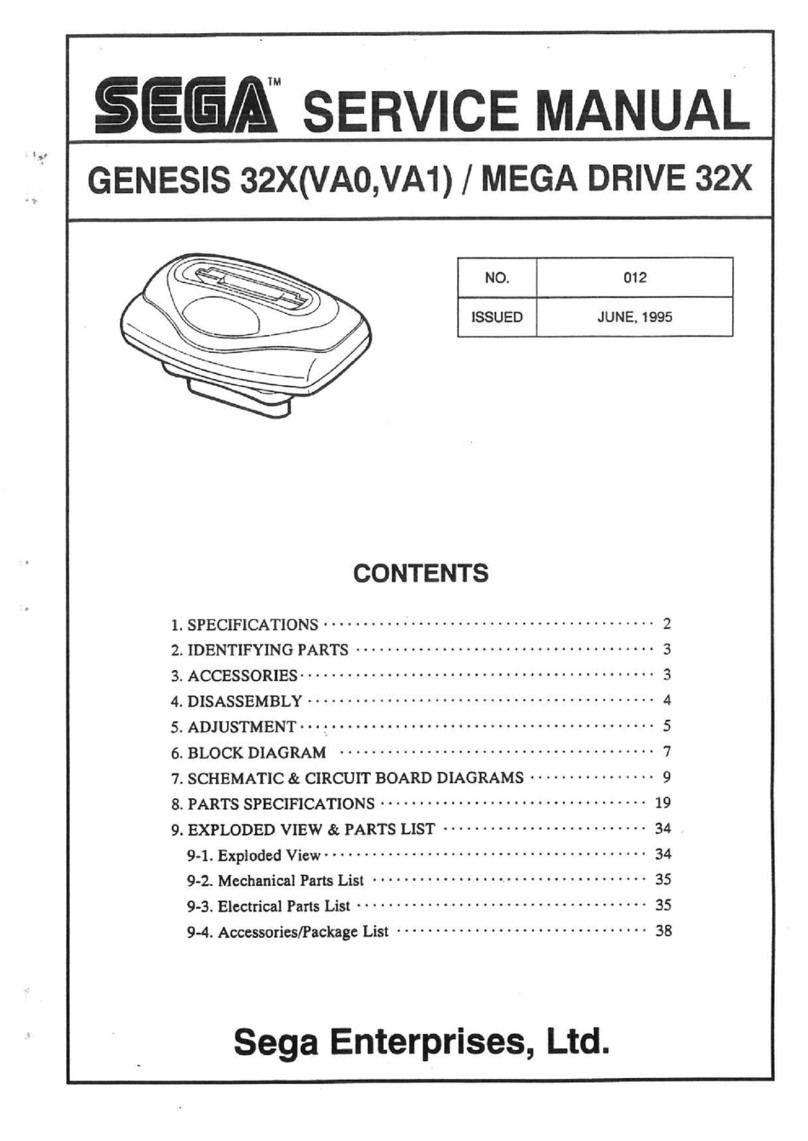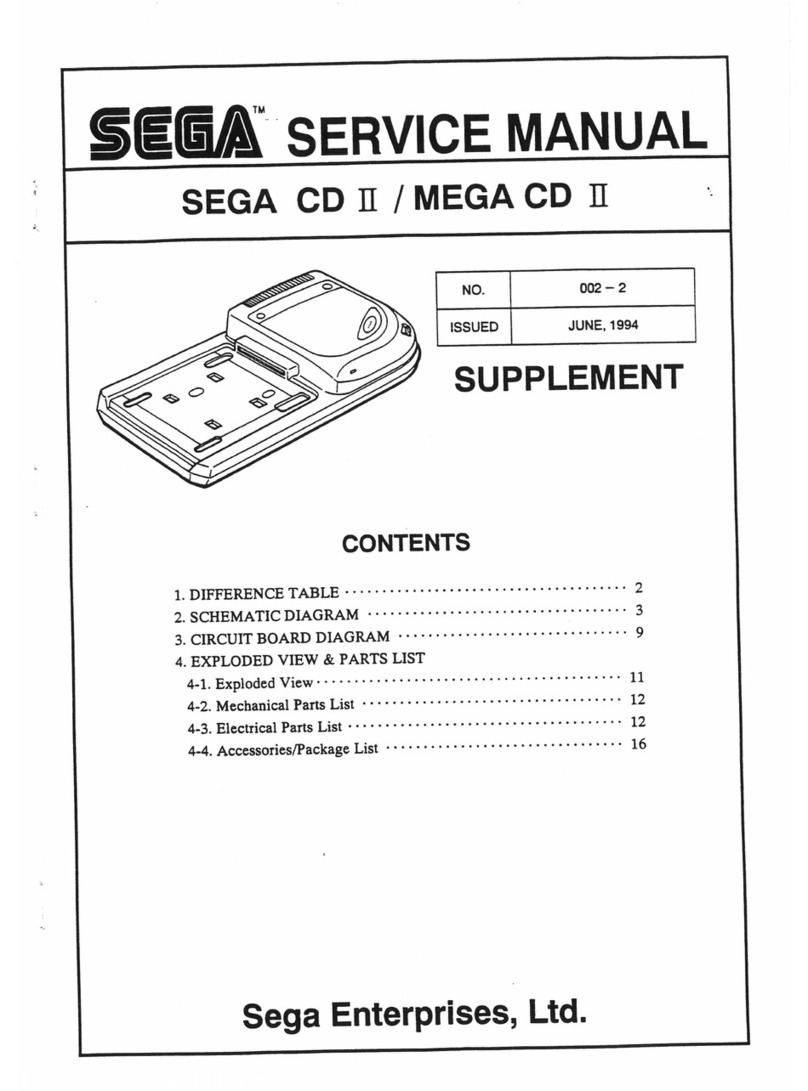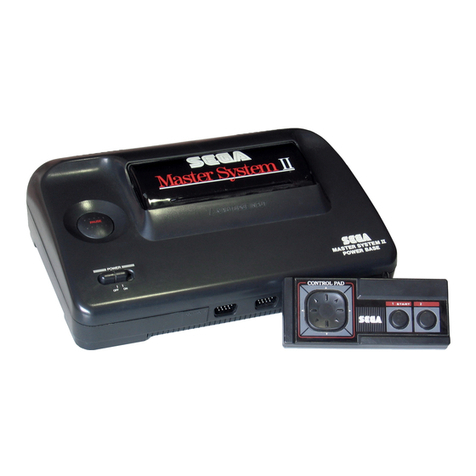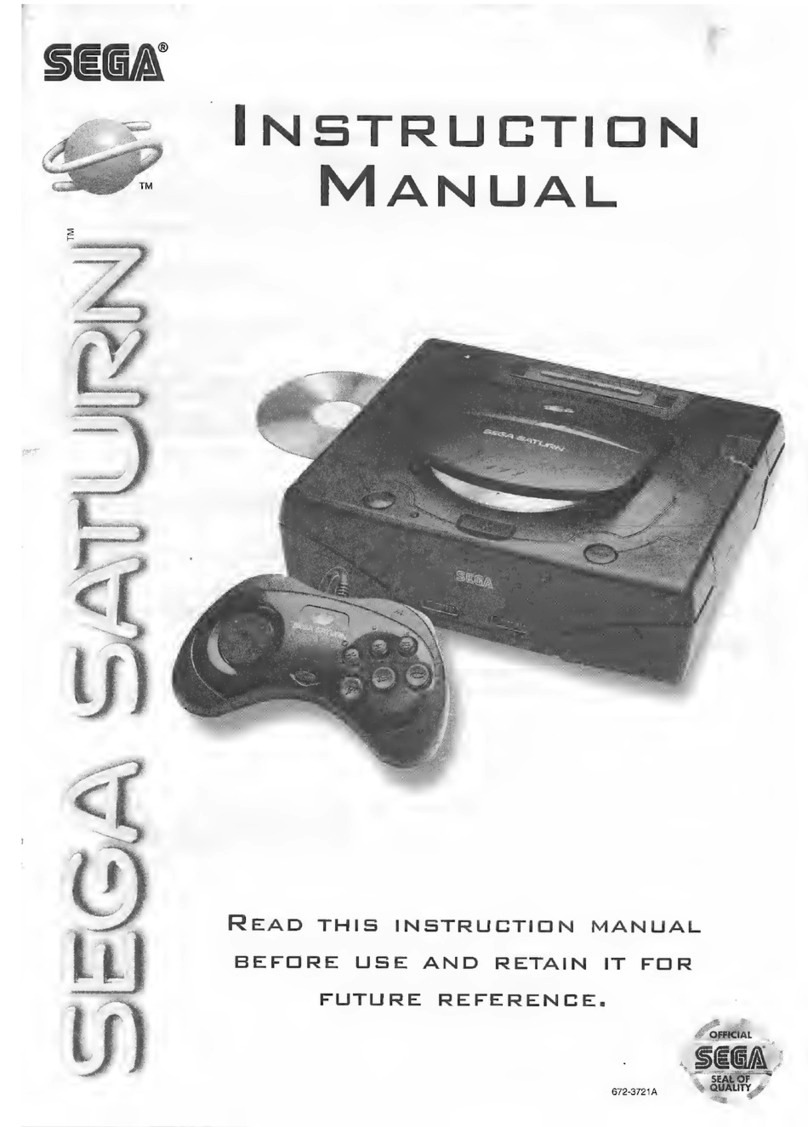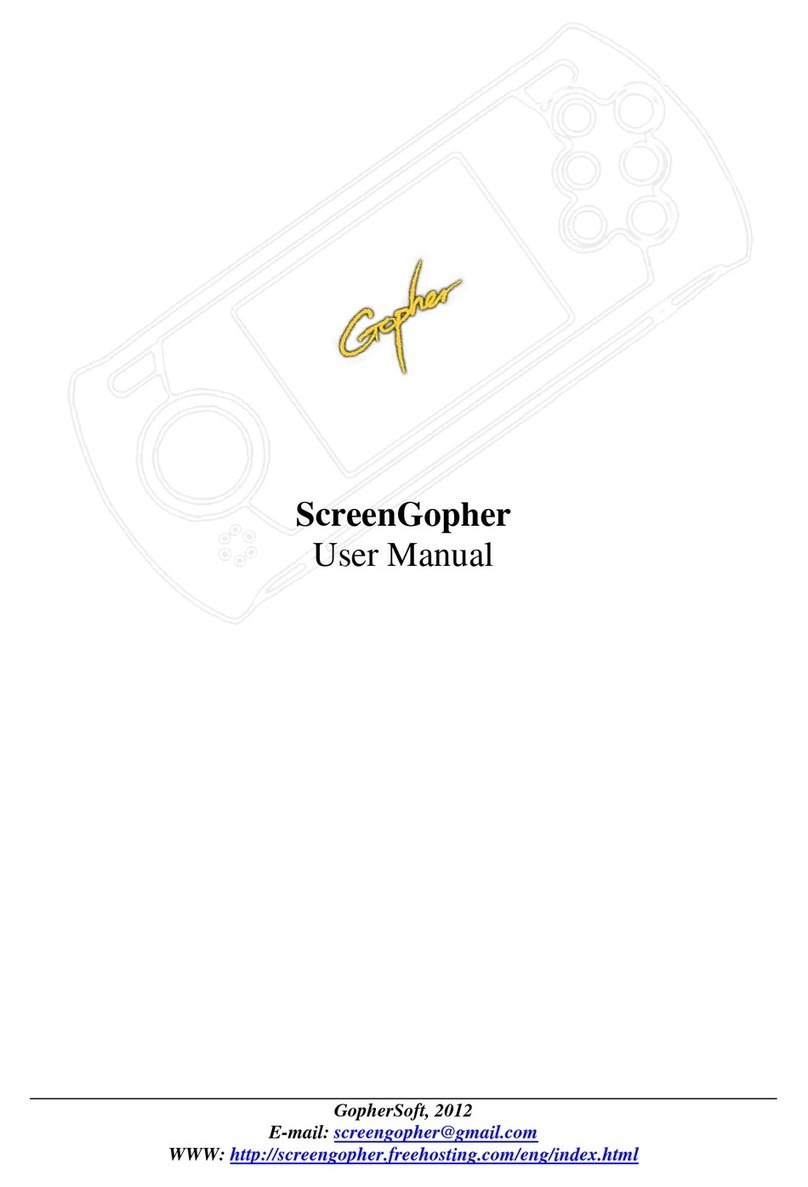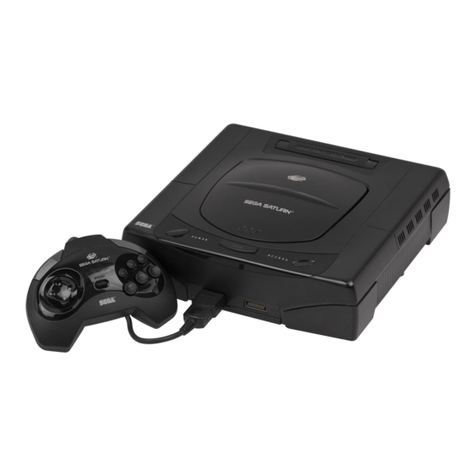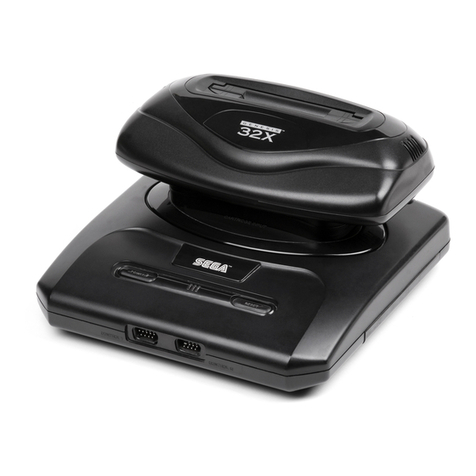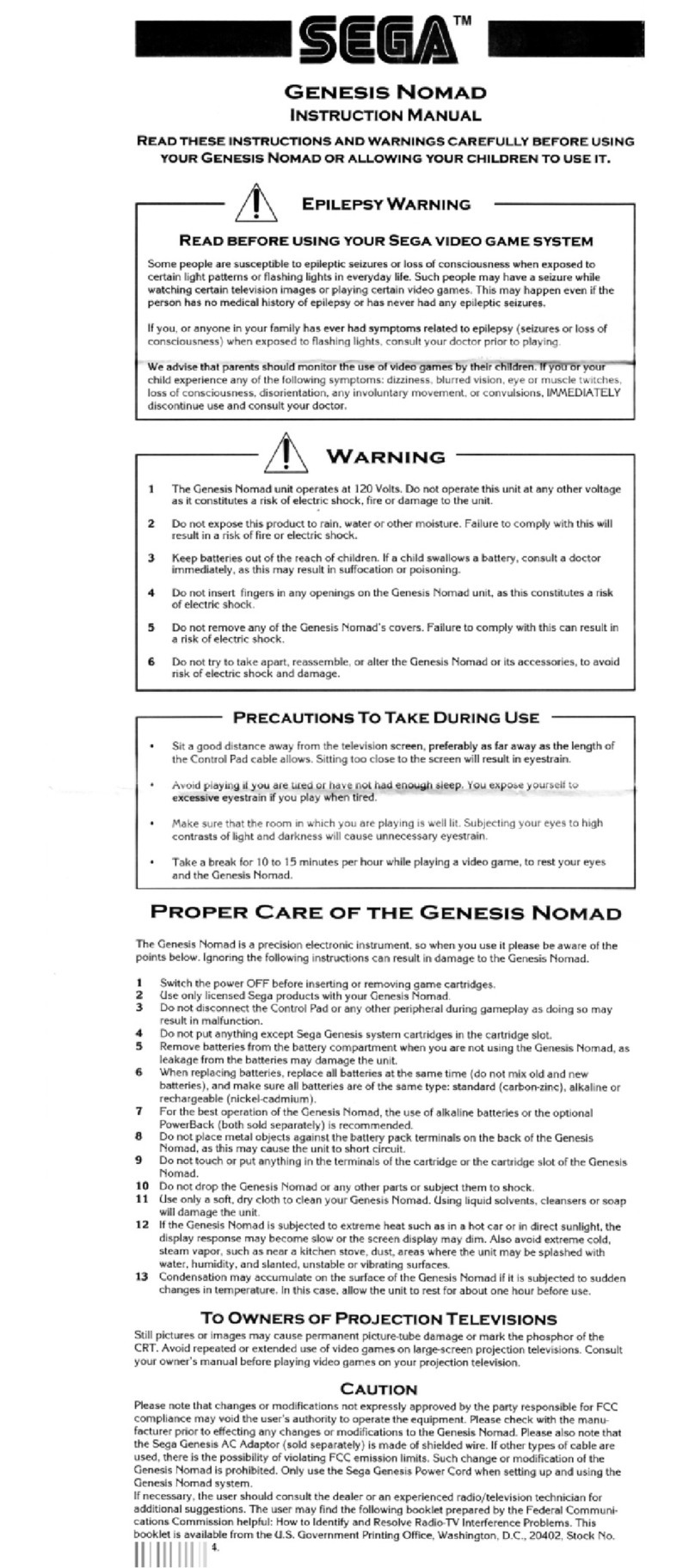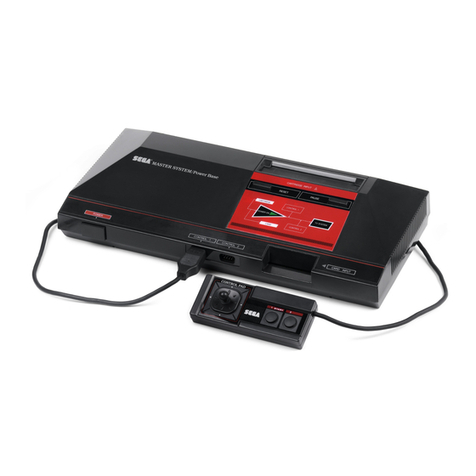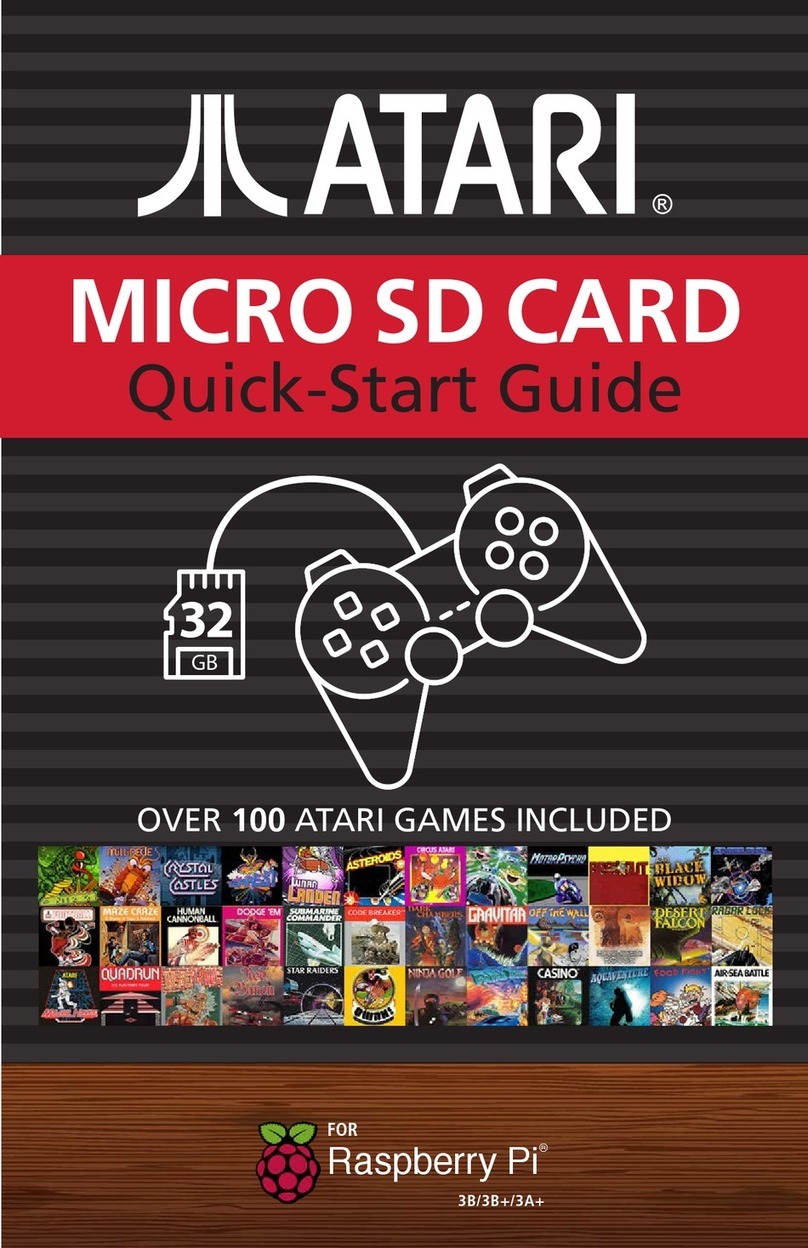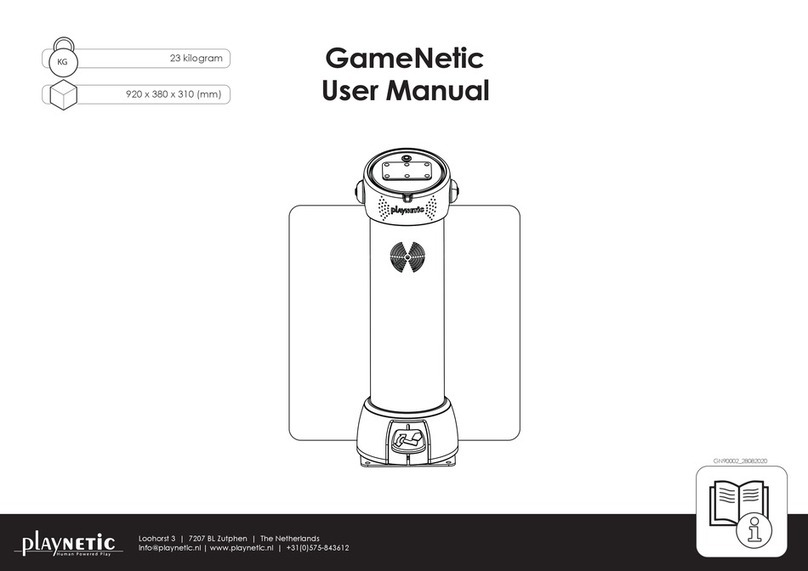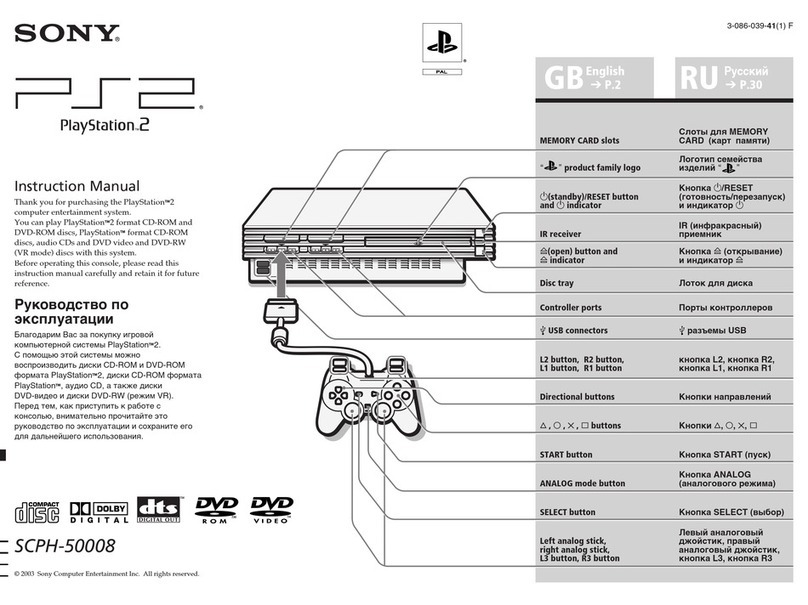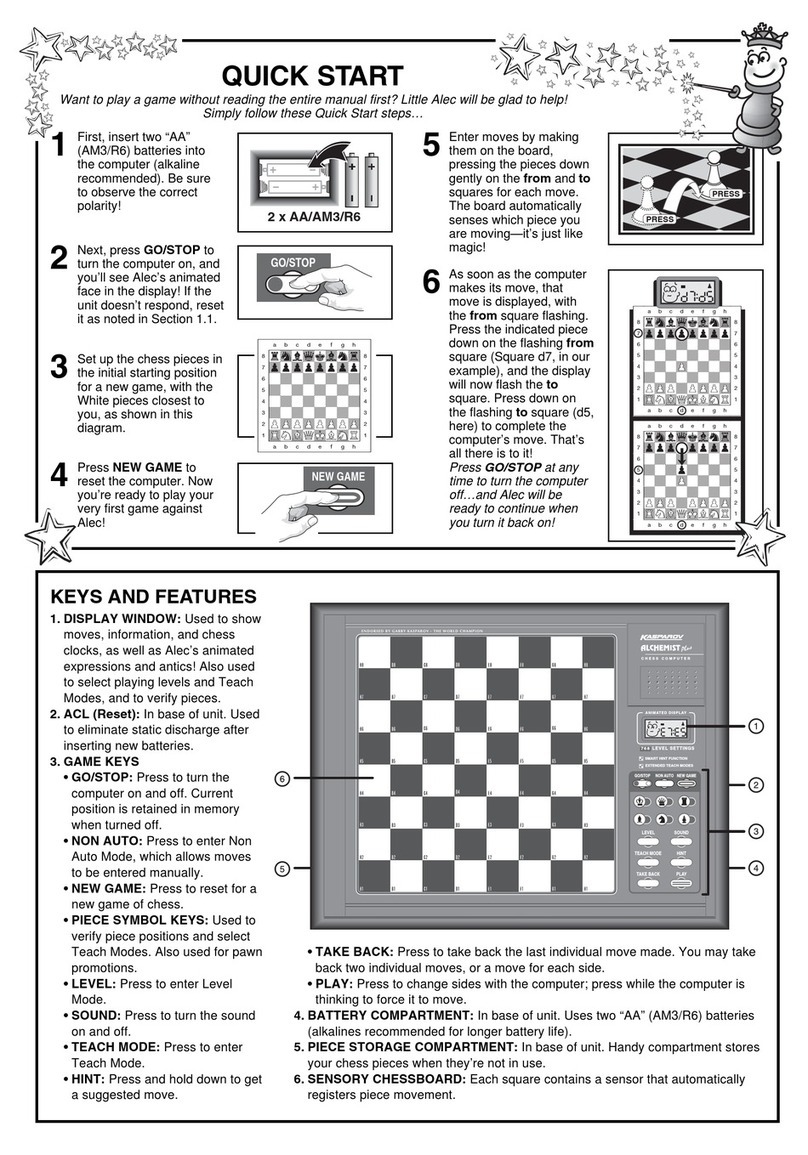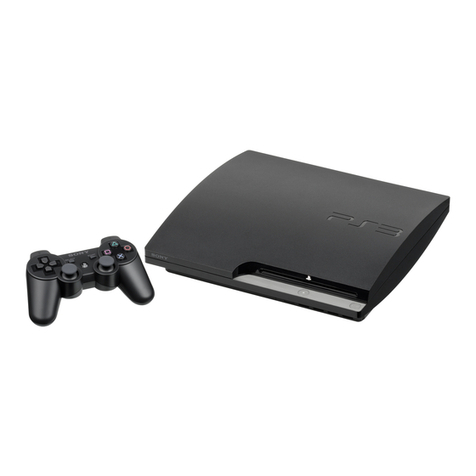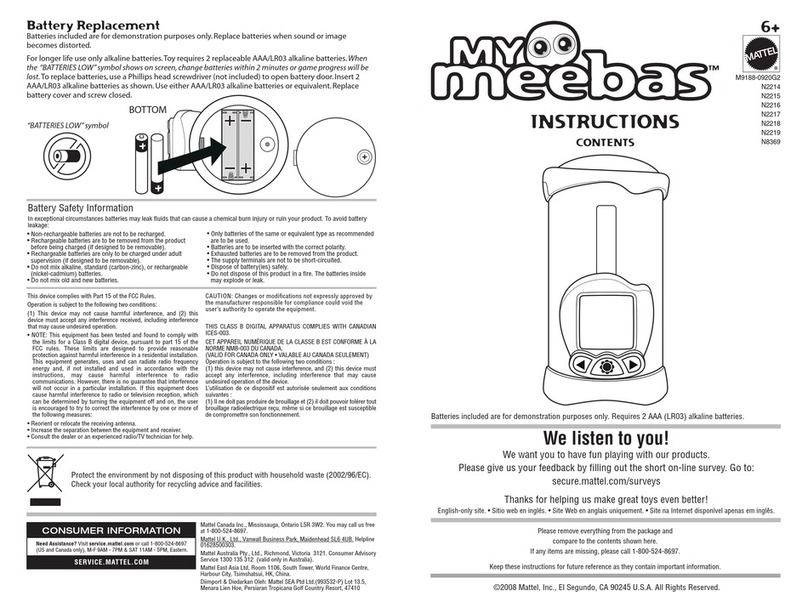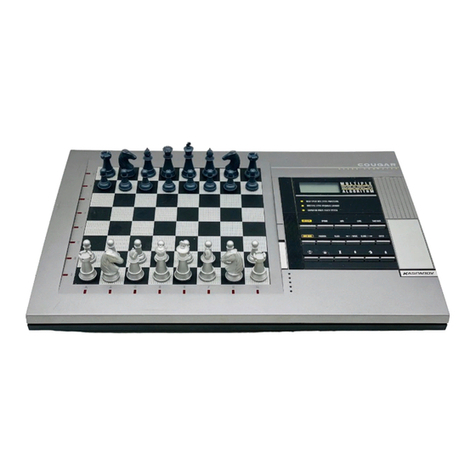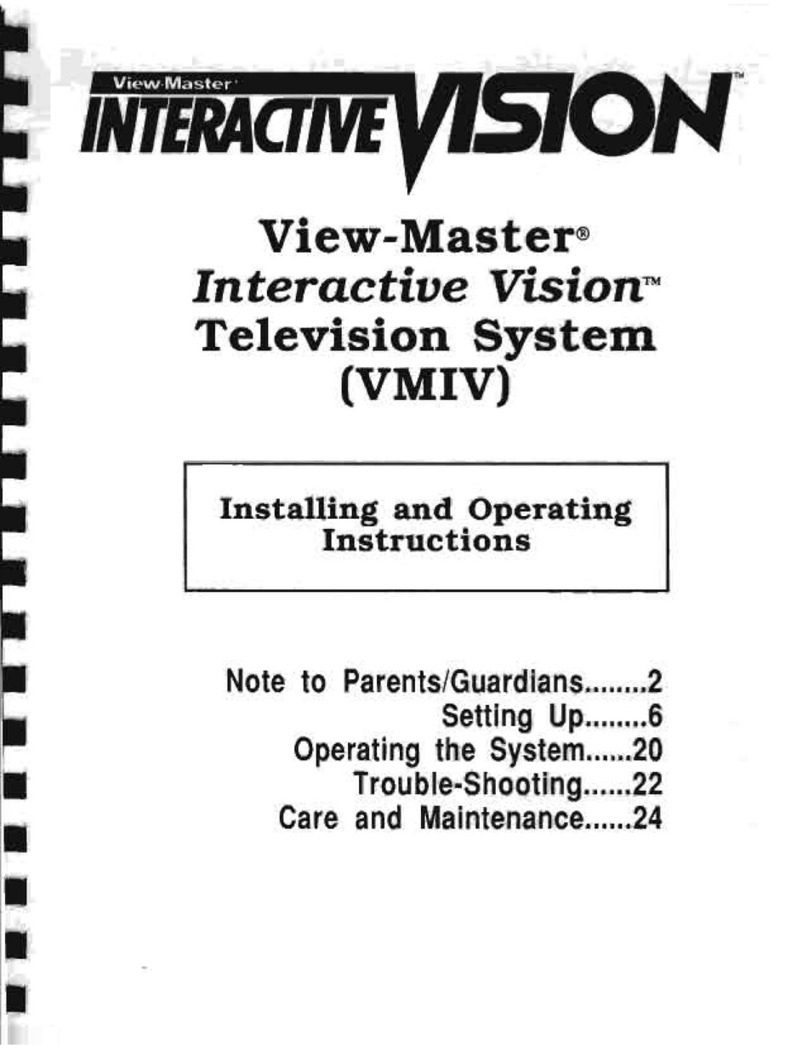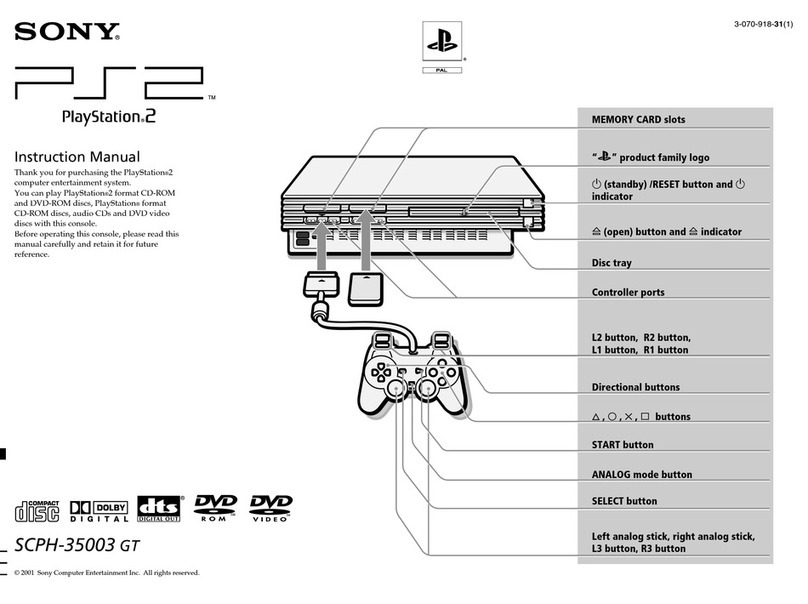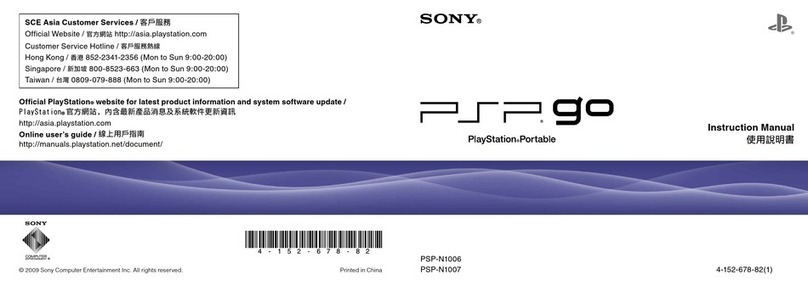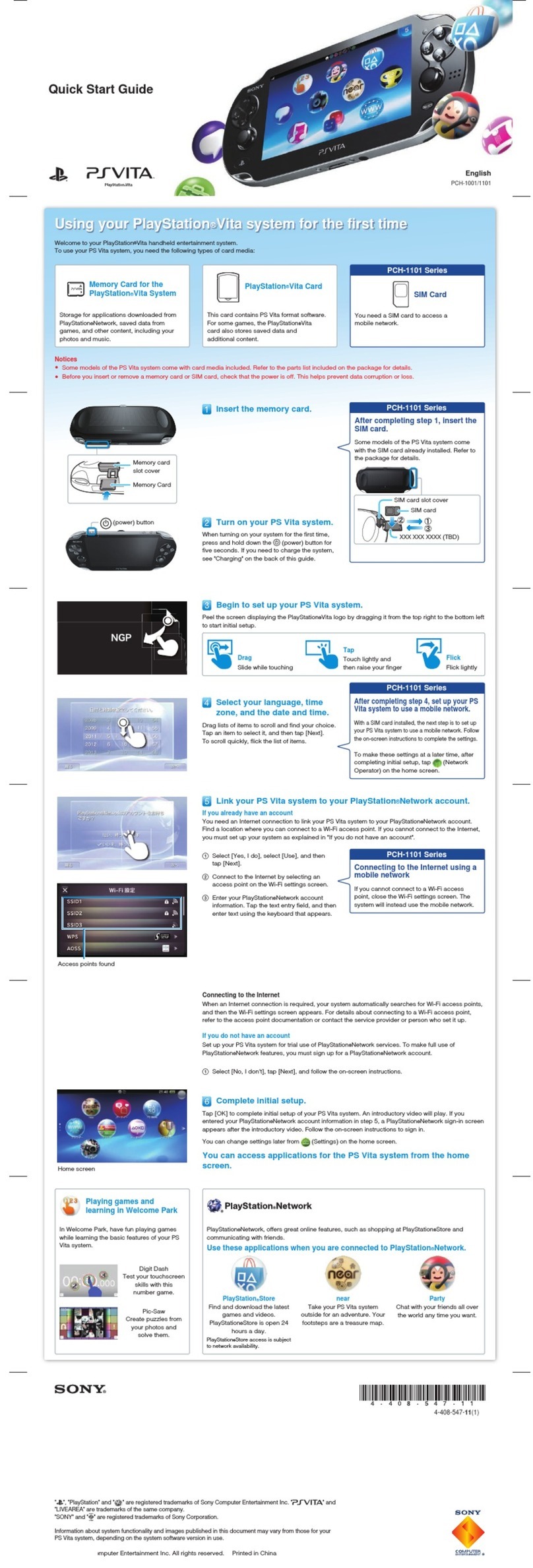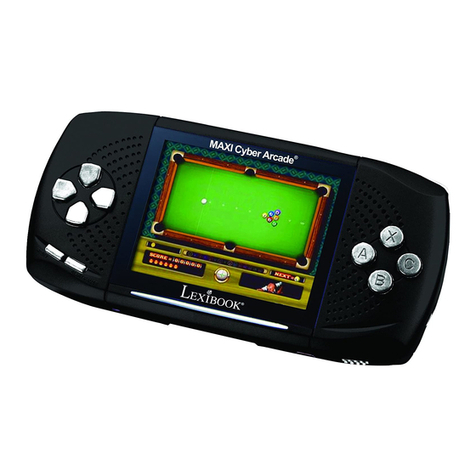Frame Buffering: A technique
to
maximise graphic display performance
by letting the graphics processor chip "set aside" images
it
has
already calculated, allowing it
to
work on enerating the next fraction
ofa seconds visual images, all while the screen is still busy painting
the last fraction
of
a second's display.
Playfields: The background(s), anything that is on screen that it not a .
sprite. When two playfields (layers of bacground) are contolled
properly, parrallax scrolling can result.The Sega Saturn has a whole
chip dedicated
to
controllingbackgrounds (the VDP2 or Video
Display Processor 2") that can generate 5 distict layers of
background at the same time.
Polygons/Second: (1000's of) The number
of
polygons
of
a given size that
can be drawn on the screen in one second. This figure does not
include the size of the polygons, nor their texturing, shading,
or
lighting.
Realtime: An important adjective that usually indicates the game display
is being re-calculated every second, taking into account the
full
effects
of
the player's actions. When reffering
to
a game's response
or speed, it means the game responds instantly to the player's
commands.
Render: Drawing 3D graphical objects on a computer or game machine.
"BUG" and "Clockwork Knight" are filled with beautifully rendered
characters.
Texture Mapping: Copying a bit-map onto the faces of selected polygons
to give the illusion of surface texture. "Daytona USA" is a great
example
of
a texture mapped game.
Wireframe: A connect the dots approach to showing graphical objects by
drawing lines between sets of points that make up a geometric
outline.
Dynamic Perspective: Constantly changing the point
of
view ("camera
angle") so that the players feel that they are weaving in and around
the on-screen action. Typically requires strong scaling and rotational
capabilities.This can be seen on Sega Sports games on Saturn.
